How Do You Say “Hi”? We all pass people on the trails as we hike – so this was too funny not to post.
1 Comment
Last Resort Protection from Bears – Will a Handgun Save You? Across the wooded parts of the United States and Canada, there are bears. Here in New England we have Black Bears; lots of Black Bears. Black Bears prefer large forested areas with a combination of evergreen and deciduous trees with a mix of wetlands, thick vegetation and a wide variety of food to include berries, beechnuts and acorns. Since Black Bears are omnivores, in addition to nuts and berries they also eat carrion, small animals and insects. They like to stay in areas that are relatively undisturbed by humans and are without high traffic roads. Their dens range from hollowed out or fallen trees, rocky ledges, small caves and brush piles. Most Black Bears camouflage the entrance to their den with wood, leaves and brush to make it hard to find them during the winter. The Black Bear is the largest meat-eating mammal in New England with males weighing from 130 to 600 pounds and females weighing from 100 to 400 pounds. Based on the latest estimates Maine has ~30,000 Black Bears, New Hampshire has ~5,700, Vermont has ~5,150 and Massachusetts has ~4,500 - and their population is growing. So if you are out in the woods hiking or camping this Spring, you will certainly see signs of bear activity – and you might even run into one of them. Because of the potential danger bears pose most of us know that if you encounter a Black Bear you should make your presence known by making loud noises and waving your arms. If you surprise a Black Bear, walk away slowly, while facing the bear. Do not turn your back and run, which may trigger them to give chase. Never look a bear straight in the eye. The bear may perceive this as a threat and charge. Sometimes a Black Bear will bluff charge you to within a few feet. If this happens, try to stay calm and slowly retreat, waving and shouting as loudly as possible. Even though most of us know about the danger that Bears present twenty-five fatal Black Bear attacks have occurred in North America during the past 20 years (1997 - 2017). If you want the details on these fatal attacks you can find them in this great article from Wide Open Spaces: https://www.wideopenspaces.com/list-fatal-black-bear-attacks-north-america-last-20-years/ So what if you take all of the precautions and actions listed above and none of it works? What then? Well if you’re really in Bear Country then you should probably have a firearm with you. If you’re hunting that firearm is probably a rifle – and that will certainly dispatch a Black Bear if used properly (e.g. you shoot the bear before it gets close to you). But, if you are just hiking or camping, chances are that it’s not a rifle – it’s probably a handgun. So the age old question is “Will a handgun save you from a bear attack”? Well now there’s an answer to that question thanks to Dean Weingarten’s recent detailed analysis of 63 bear attacks where a handgun was used to fend off the bear. Contrary to many myths, Dean’s analysis found that handguns were 95% effective in defending against a bear attack.
Dean’s bottomline is that of the 63 pistol defense cases, 60 were successful and three were failures. The three pistol defense cases that were categorized as failures were:
Based on Dean’s detailed analysis of these 63 bear attacks it’s clear that using a pistol to defend against bear attacks is a very viable option. You can read the complete Ammoland article here: https://www.ammoland.com/2019/03/pistols-or-handguns-used-to-defend-against-bear-attack-95-effective-63-cases/#axzz5iiR7Ednt A Pocket Guide and Smart Phone App to Help You Identify Animal Tracks Are you wondering who made all those tracks in the fresh snow? If so here's a great pocket guide to animal tracks. It shows both the track pattern (e.g. how the wildlife walks) and what the front and hind footprints look like. It even has a ruler so that you can measure the prints. It's a lot of great information on a single page. If you want even more information about animal tracks - here's a link to the iPhone app that we use - "iTrack Wildlife Pro" by Jonah Evans. The app has detailed photos and information for 70 common mammals of North America, to include over 700 high quality track (with precise front and hind track drawings and detailed track, gait, and “similar species” descriptions for every animal), sign and animal photos with detailed captions. It even has 120 detailed skull photos for 41 of the species just in case you run across a skeleton during your adventures. The app also stores the Wikipedia page for each species so that no internet connection is required to obtain even more details about the animals. The app allows you to search by the following criteria:
The 70 animals currently covered by the app are:
You can learn more about the app, and see more information about tracking, at the “Nature Tracking” website: http://www.naturetracking.com/ If you want to purchase this app you can get it at the Apple App Store or Google Play store. You can download the “iTrack Wildlife Lite“ app for free, the “iTrack Wildlife Basic” app for $4.99 or the “iTrack Wildlife Pro” app for $14.99. The Pro app may seem a little expensive – but if you’re serious about animal tracks you should spring for the extra cash because it's good.
Here’s the link to the Apple Store for iTrack Wildlife Pro: https://itunes.apple.com/us/app/itrack-wildlife/id478516226?mt=8 Here’s the link to the Google Play Store for iTrack Wildlife Pro: https://play.google.com/store/apps/details?id=com.itrack.Pro&hl=en |
What's On This Page?Here's where we post reviews, questions, answers, thoughts and other information that's of general interest to our followers in a blog format. Categories
All
Archives
August 2023
|
|
|
Copyright 2016-2024 Hiking, Camping and Shooting |
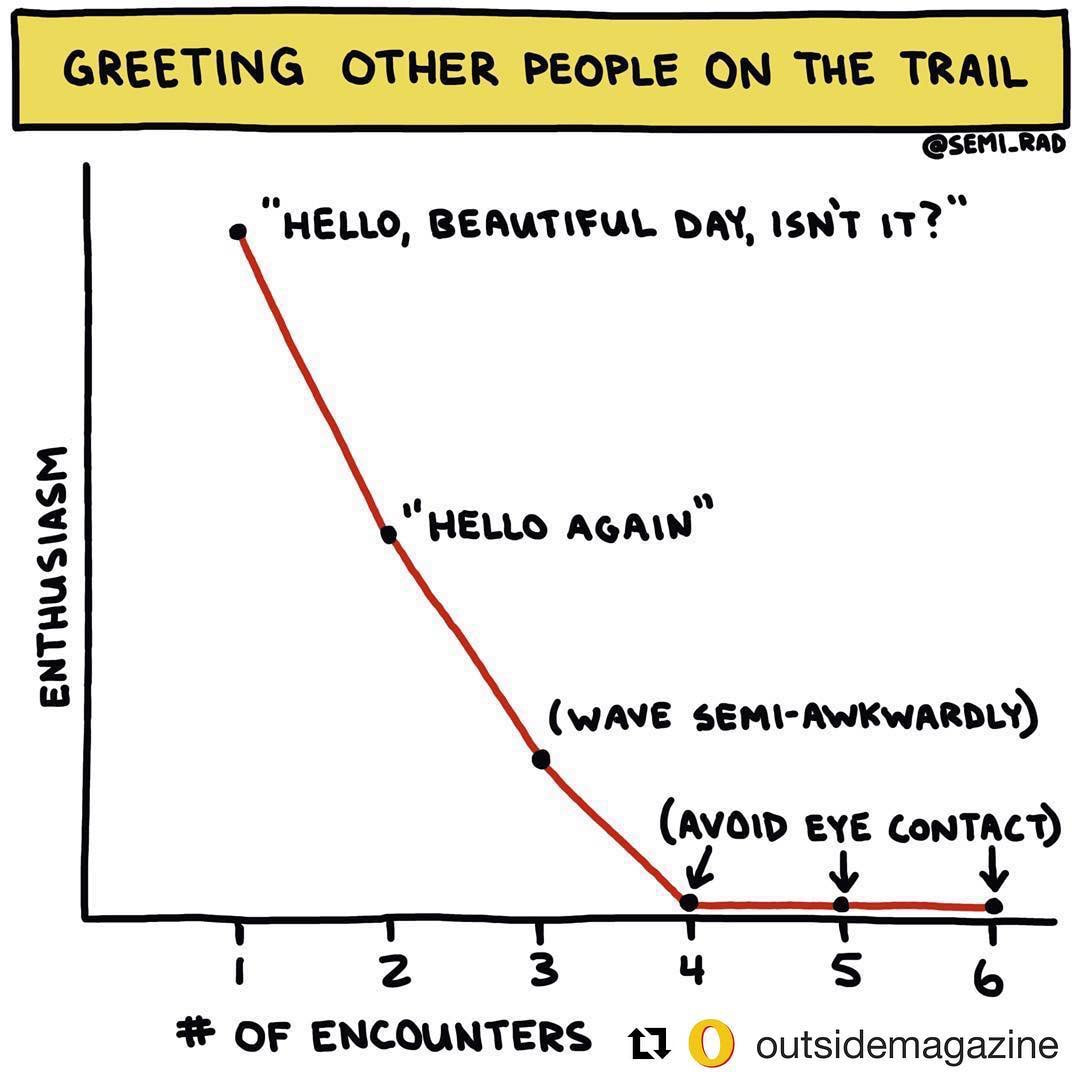

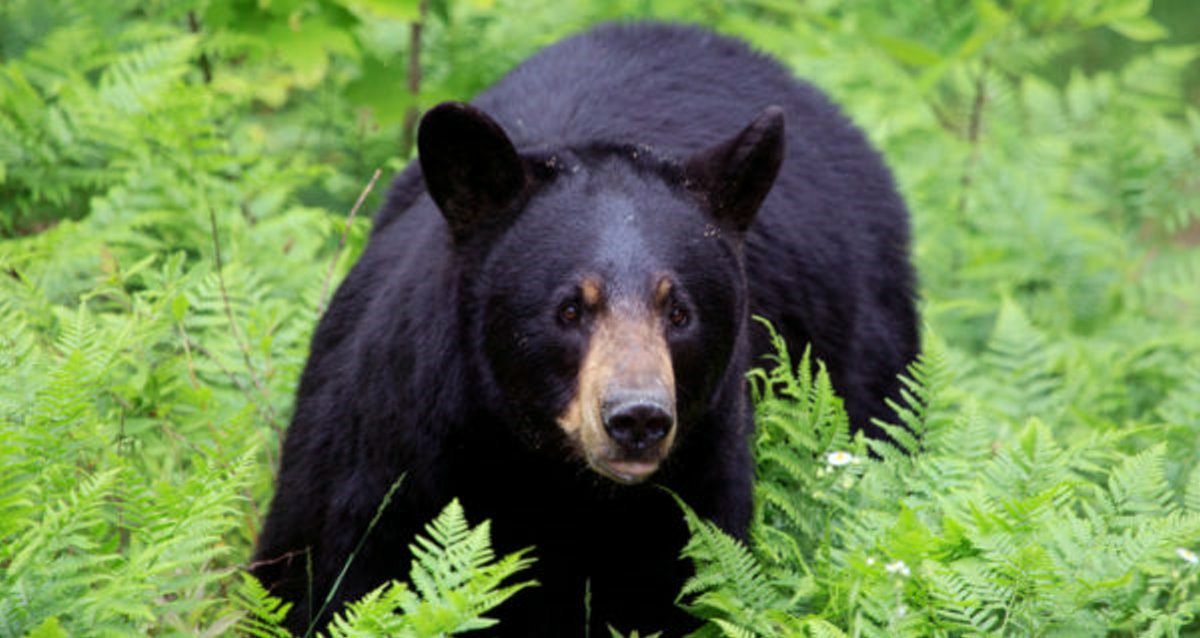
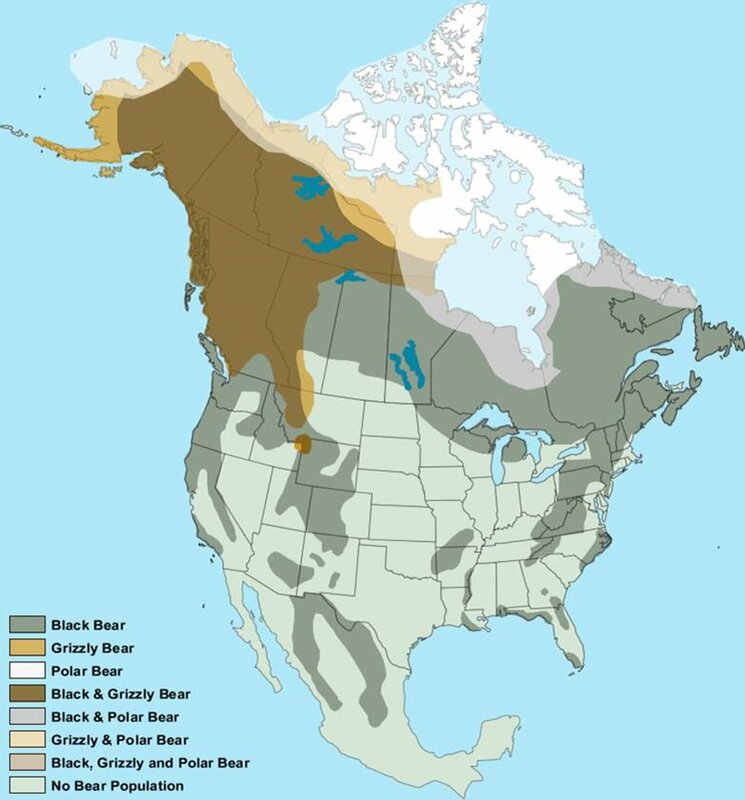
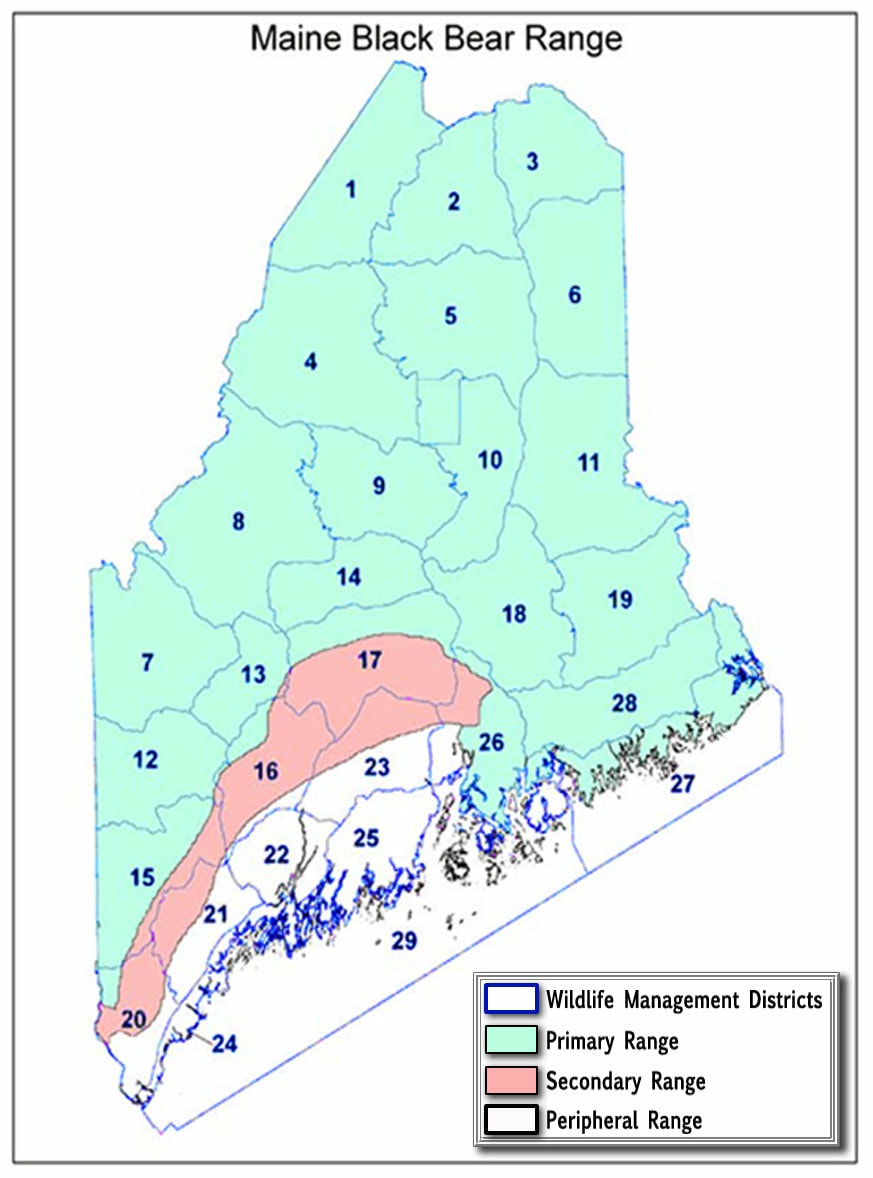
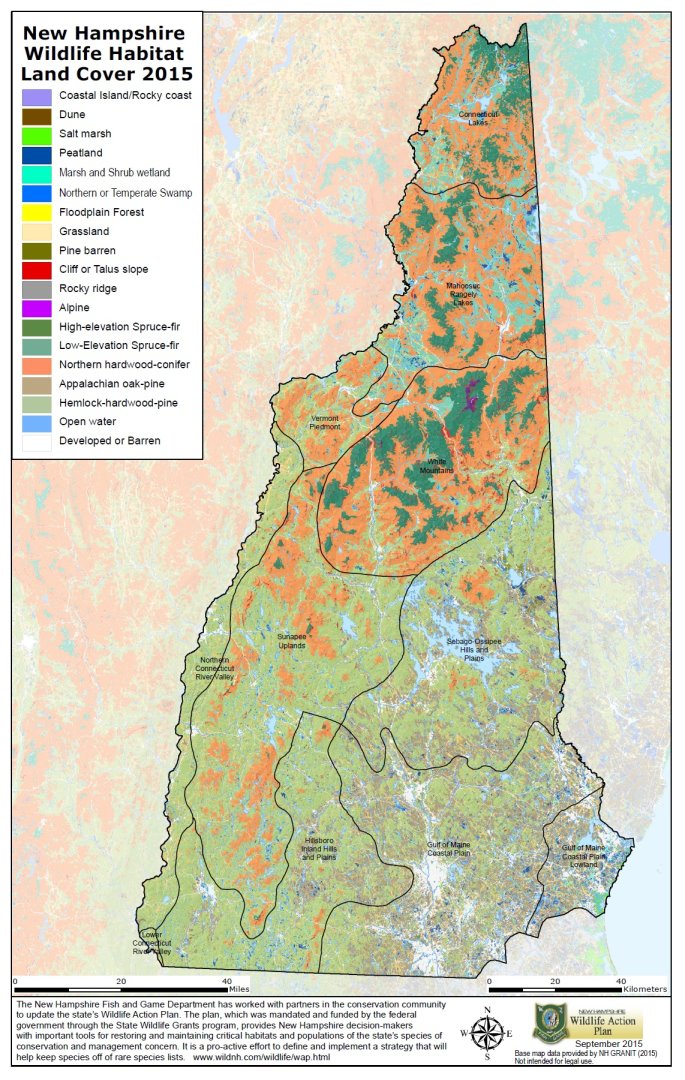
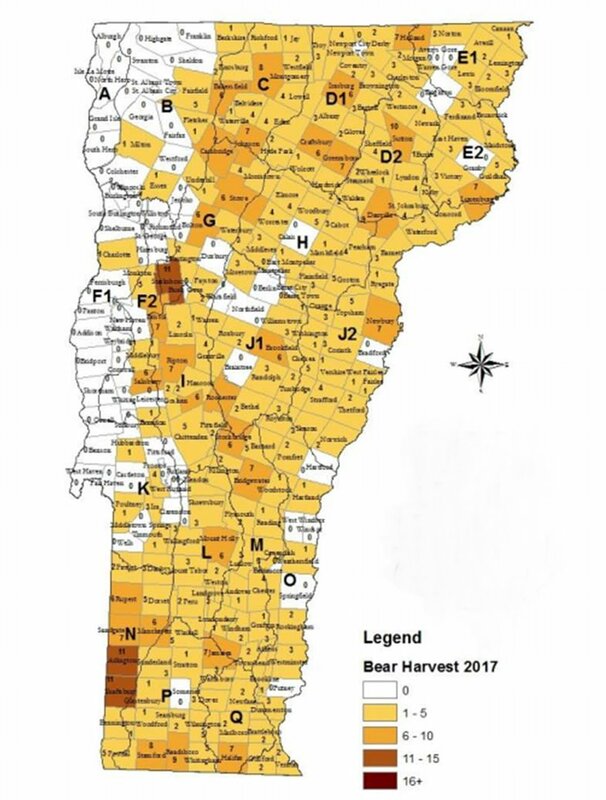
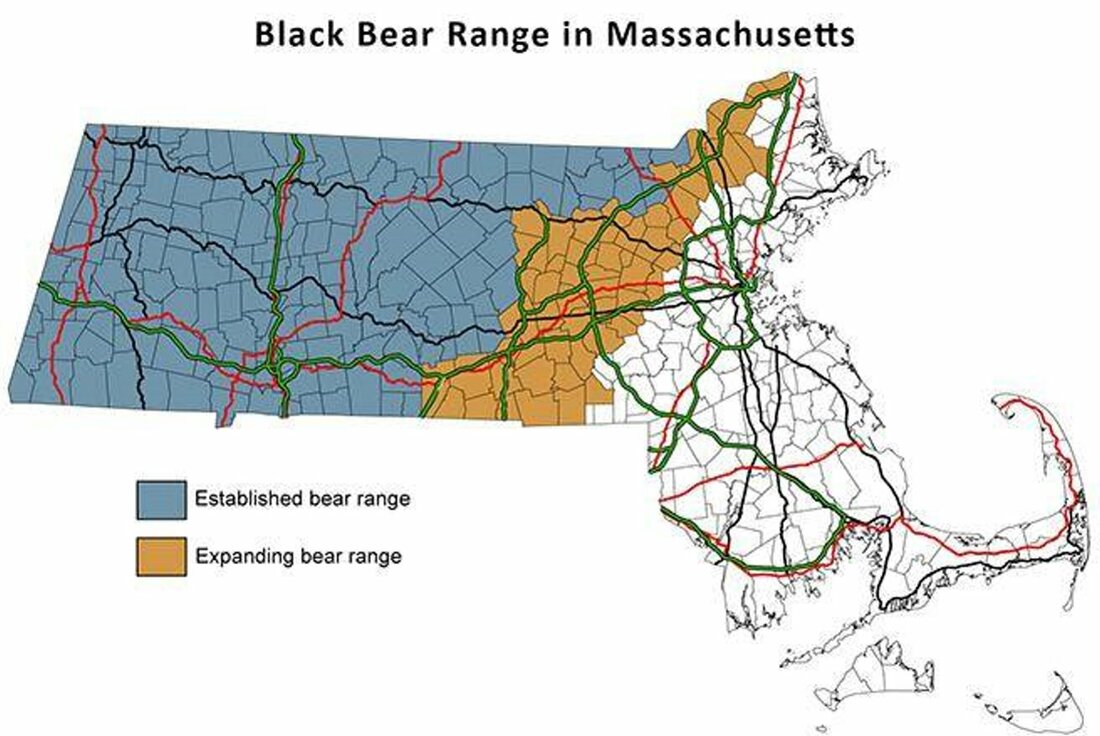
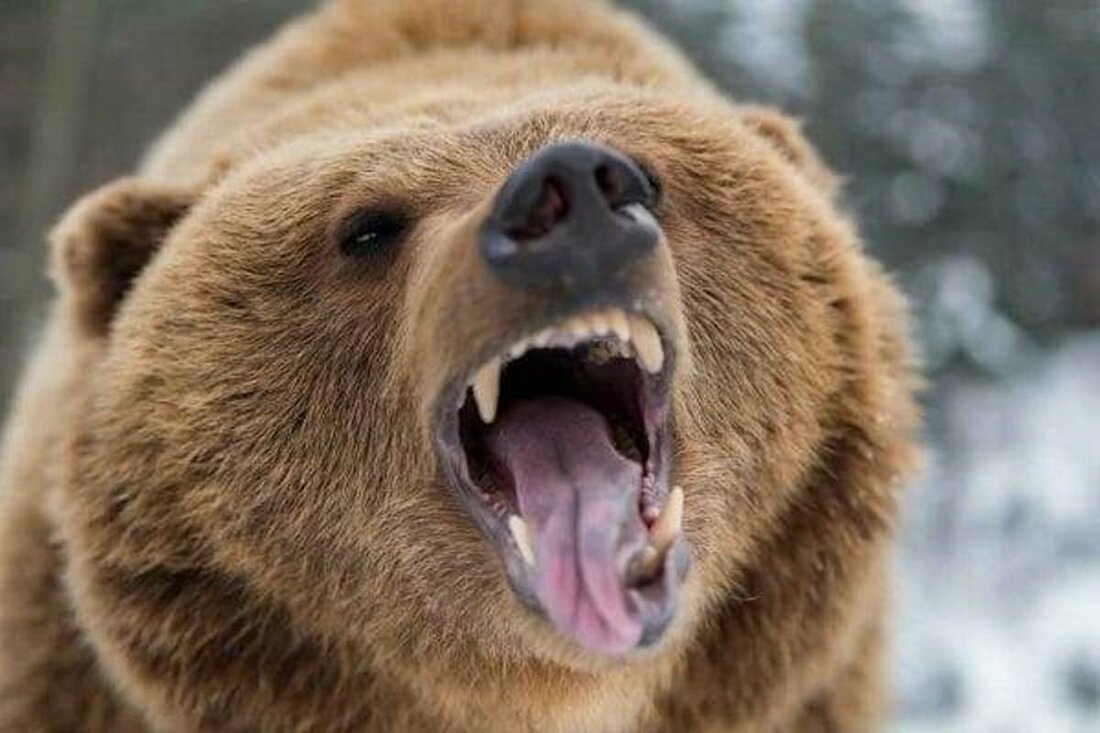

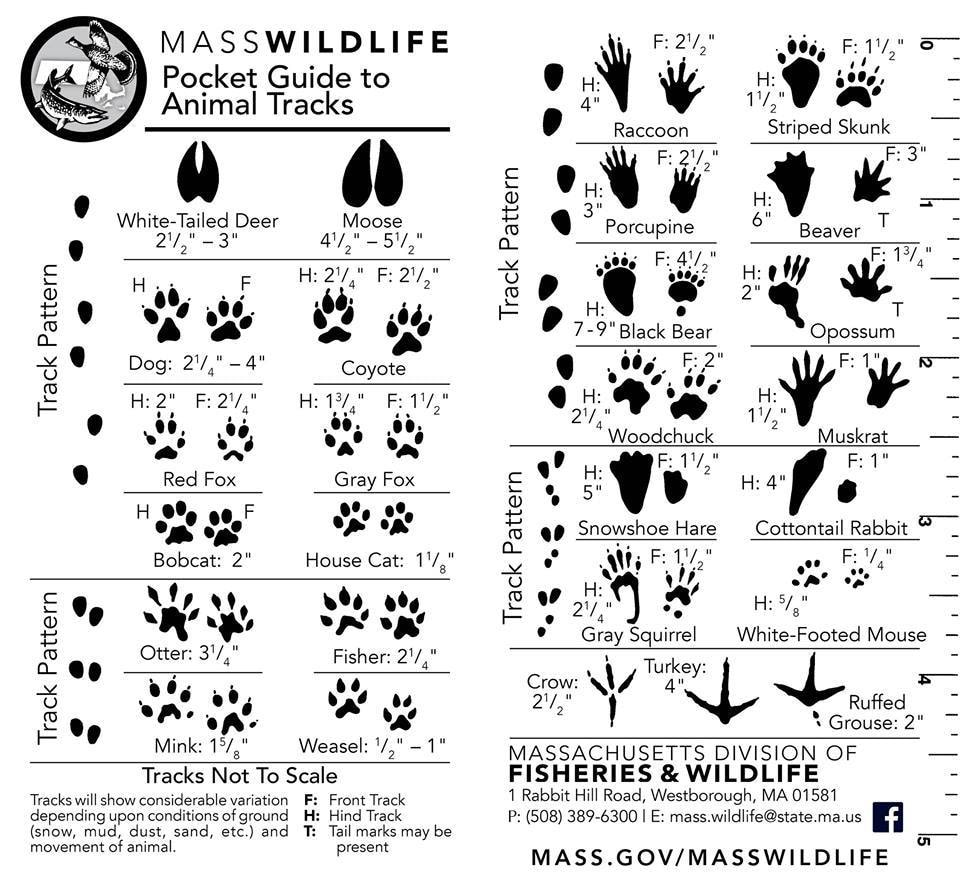
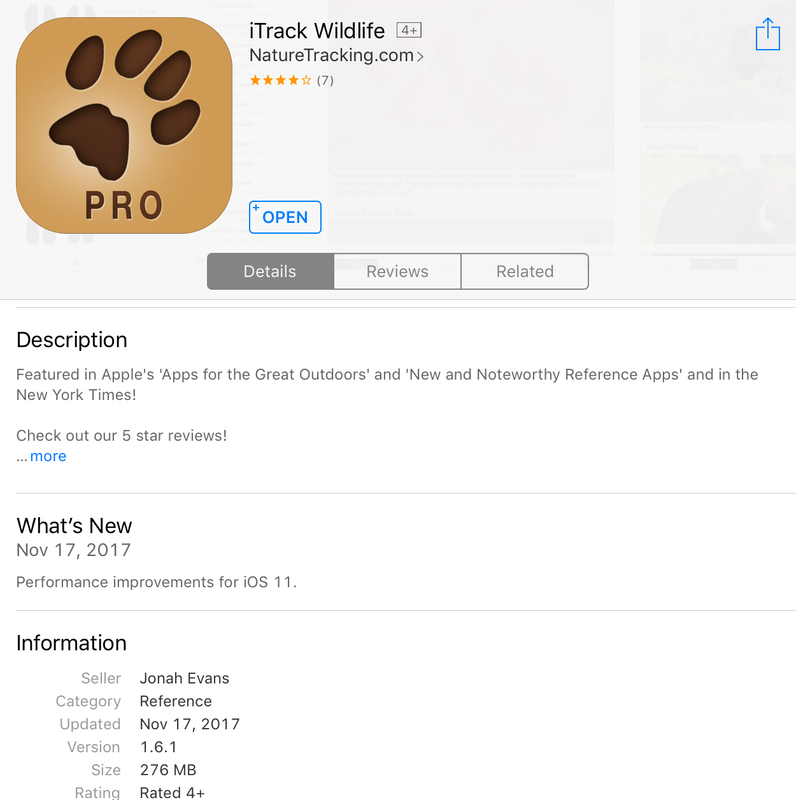
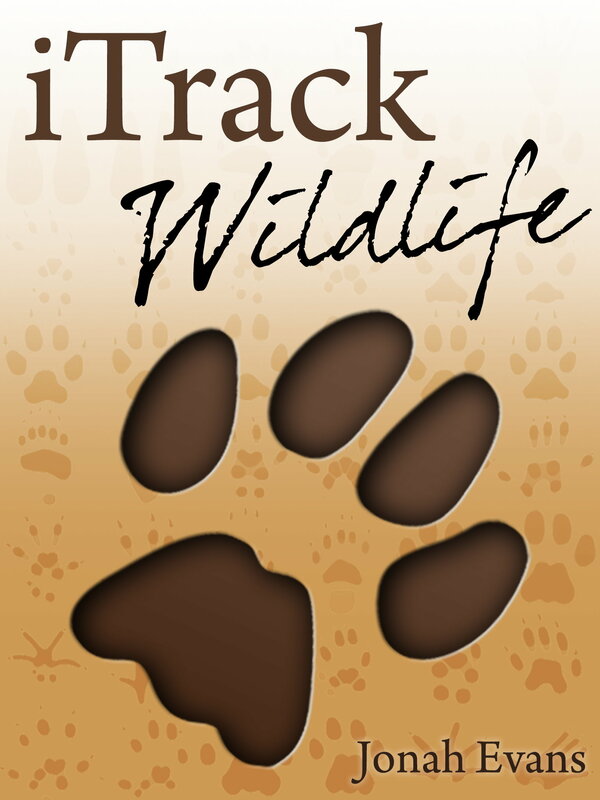
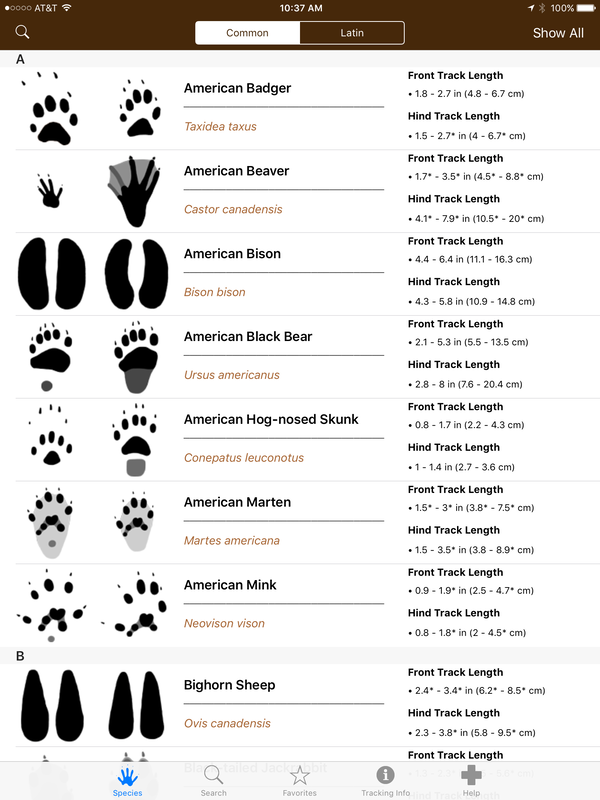
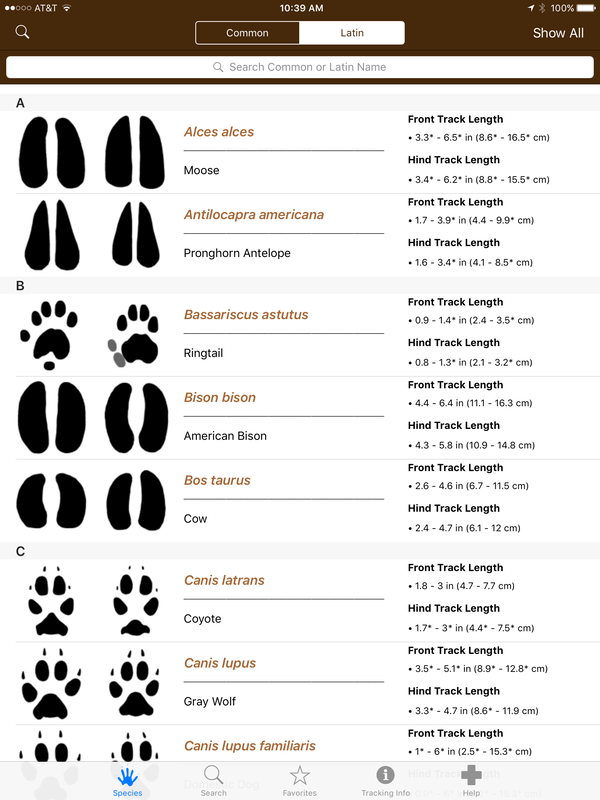
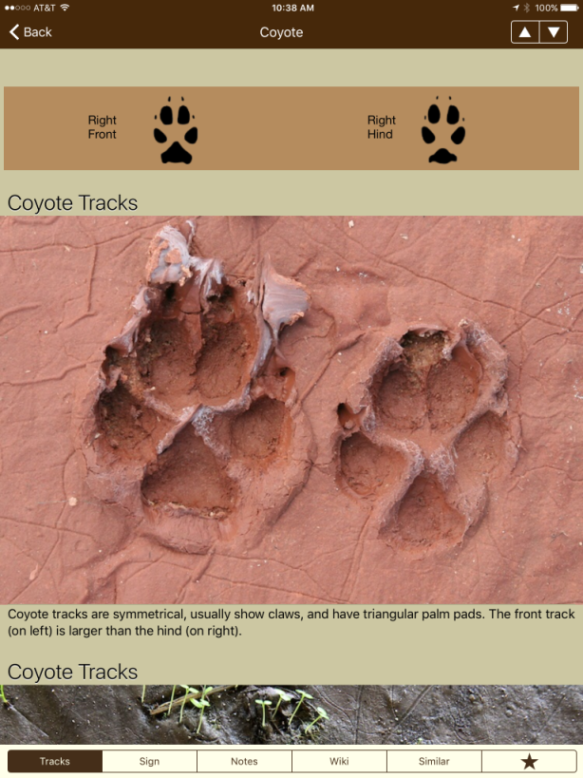
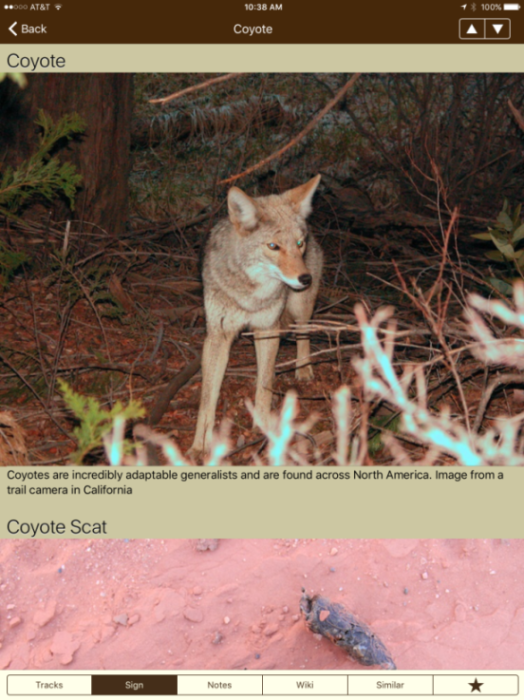
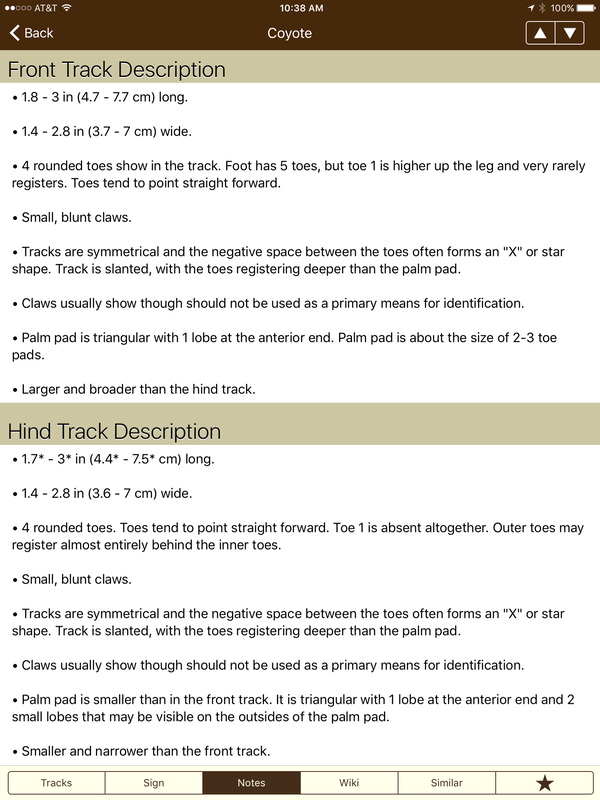
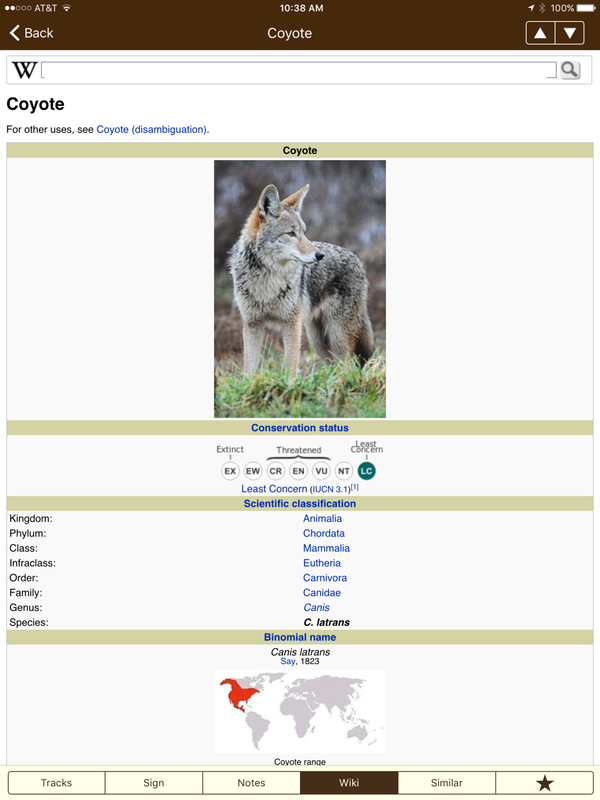
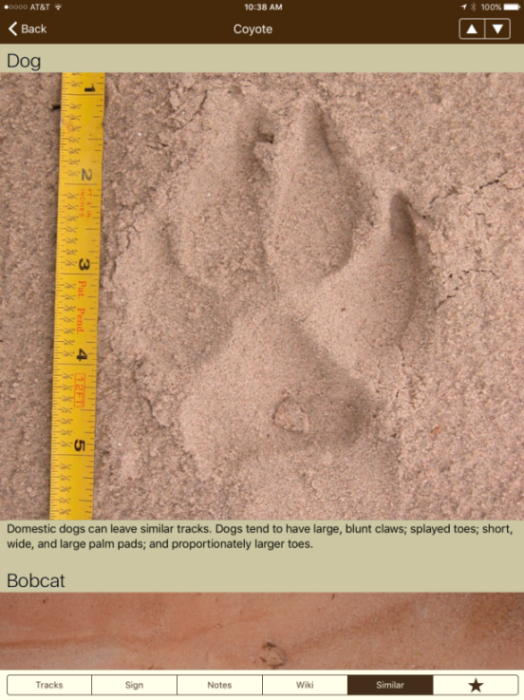

 RSS Feed
RSS Feed